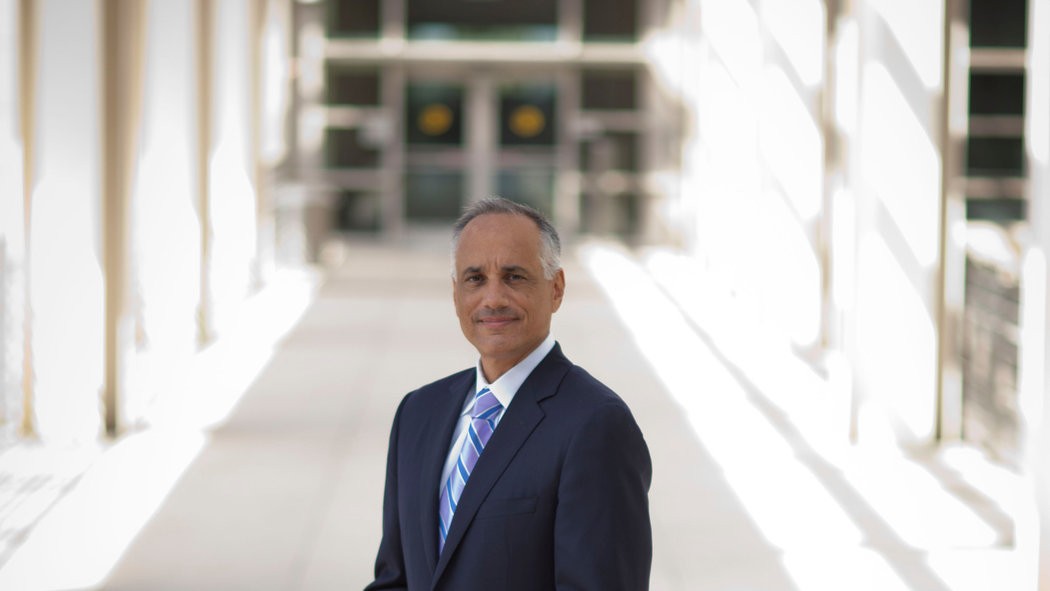As Hedge Fund Returns Falter Money Continues to Flow In
Post on: 24 Май, 2015 No Comment

Common Sense
By JAMES B. STEWART
Another year, and another mediocre performance by hedge funds, to put it kindly. The Barclay Hedge Fund Index gained a meager 2.89 percent in 2014, while the Standard & Poor’s 500-stock index gained over 13 percent and the Barclays United States Aggregate Bond Index rose over 5 percent.
Even as their high fees have minted scores of new billionaires, hedge funds have now substantially underperformed a simple blend of index funds — 60 percent stocks and 40 percent bonds — for three-, five- and 10-year periods. And the 10-year numbers cover the period of the financial crisis and the sharp decline in stocks — the very calamity that hedge funds are supposed to protect against.
No wonder Calpers, the giant California retirement system, withdrew from hedge funds last year. I assumed that by now, many other big pension funds and institutions would be following its lead.
On the contrary. Large investors are still pouring money into hedge funds. They added $1 billion during January and more than $88 billion in 2014, according to data compiled by the investment consultancy eVestment. Total hedge fund assets are now over $3 trillion.
Graphic | Hedge Funds Fall Short Annual returns of hedge funds vs. a traditional portfolio of stocks and bonds.
Weak performance notwithstanding, “Investor interest in hedge funds has been continuously accelerating since the financial crisis,” said Peter Laurelli, vice president for research at eVestment, “and it has really picked up during the past two years.”
Simon Lack, founder of the financial consultancy SL Advisors and author of “The Hedge Fund Mirage,” said, “I would have expected Calpers to have had a bigger impact.” That it hasn’t is a testament to hedge fund marketing and a sales pitch that, stripped of its often technical jargon, promises what has always been the holy grail of investing: higher returns with lower risk. Some hedge funds go so far as to promise higher returns with what is essentially zero risk — something, it seems worth noting, that has never been achieved in human history.
Mr. Laurelli mentioned two factors driving the trend: still-agonizing memories of the financial crisis and the persistent low interest rate environment. While the sales pitches for different hedge fund strategies vary, many funds promise to address both issues by blunting the impact of another market crash, while generating higher returns than United States Treasury bonds.
Investors “endured the financial crisis, but it’s very daunting to face the prospect of going through that again,” Mr. Laurelli said. “They need to make sure their portfolios are better designed to weather an environment like that. At the same time, bond yields are about as low as they’ve ever been in history, and valuations in equity markets are perceived as high or at least fully valued. You can say a 60/40 strategy has done great the past few years, but can you risk relying on that going forward?” For many investment officers, the answer is clearly “no.”
Daniel Loeb of the Third Point hedge fund.
Michael Nagle for The New York Times
And Mr. Lack noted that few pension fund advisers were making any counterarguments. “There’s no money in being against hedge funds,” he said. “If you’re a consultant and say, ‘Put it in Vanguard,’ they won’t need you anymore.”
By now, it probably goes without saying that there’s plenty of money to made in the hedge fund industry. Not only do the funds themselves charge high fees, typically 2 percent of assets under management and 20 percent of any gains, but an entire multibillion-dollar industry of brokerage services, data collection and consultants has grown up to serve them and their investors.
Institutions are not only pouring more money into hedge funds, but they also appear to be engaging in a classic pattern of many individual investors, which is to chase returns and shun losers. Last year, investor money surged into so-called event-driven strategies, like those pursued by the activist investors William Ackman and Daniel Loeb, who have had a string of recent successes. (A net $42.5 billion flowed into event-driven strategies, according to eVestment.) And after six months of strong results after years of underperformance, managed futures strategies (which make bets on commodities and other futures contracts) gained $4 billion in January alone.
At the same time, long-short equity strategies (funds that take both long and short positions in stocks) faced $7.5 billion in net outflows in January after far underperforming the S.&P. 500 in 2014.
Video | Why Investors Still Flock to Hedge Funds James B. Stewart, appearing on CNBC, asks why people are still investing so heavily in hedge funds when the returns have been so poor.

“Most hedge fund investors are momentum investors,” Mr. Lack said. “The only data they have is performance data, so they chase returns. You don’t have many consultants out there saying you should invest in out-of-favor hedge funds. But there’s never going to be a good outcome with that approach. There’s an enormous amount of research that shows hedge fund returns aren’t persistent. They revert to the mean. Of all the hedge funds I looked at, only 7 percent were consistently in the top 40 percent. What chance do you have of picking them?”
Of course, some large investors have shown unusual skill (or luck) at picking hedge funds and have far outperformed the averages, which would be expected in any bell curve distribution of outcomes. The Texas County and District Retirement System has earned 9.1 percent, 9.4 percent and 7.4 percent over one-, three- and five-year periods. Hedge funds now account for about a quarter of the fund’s $24.4 billion in assets, the system says.
I contacted several large pension funds and endowments this week that have been putting money into hedge funds. Few were willing to discuss, for attribution, their reasoning, but all cited the factors that Mr. Laurelli identified, with fear of another financial crisis foremost among them.
The San Francisco Employees’ Retirement System board voted this month to allocate 5 percent of its $20 billion in assets to hedge funds after a spirited public meeting in which all but two of the 36 speakers denounced them. One speaker said it was “disgusting” for the board to even consider a move to hedge funds. But the board voted 6 to 1 in favor, and its chief investment officer offered the now-standard argument that hedge funds would help reduce the portfolio’s volatility and prevent the steep losses suffered during the 2008 stock market crash.
The State of Wisconsin Investment Board, which manages over $100 billion, allocated about 2 percent of its assets to hedge funds in 2011 and is increasing its commitment, even though its hedge funds returned just 3.7 percent last year and generated an annualized return of 4.8 percent over the last three years. Citing the trauma of the financial crisis, a spokeswoman said that the investment board’s goal with hedge funds was to reduce risk, not generate high returns, and that the hedge funds had exceeded their target benchmark for both periods.
Others I spoke to cited data suggesting that hedge funds have a lower standard deviation, a measure of risk, and higher risk-adjusted returns than stocks. But Mr. Lack warned that such data is necessarily backward-looking and does not account for the larger amounts of capital now invested in hedge funds. When he wrote his book in 2012, “I said hedge funds were overcapitalized and returns would go down, which is exactly what has happened,” he said. “The best funds know this, which is why they’re closed to new investors.”
Hedge funds also benefit from a premise that won’t be put to the test until another bear market sets in, which hasn’t happened since 2008. During the financial crisis, hedge funds, on average, didn’t perform all that well and lost substantial sums, but still performed significantly better than the S.&P. 500.
But presumably pension funds and endowments have near-infinite time horizons. That means they can ride out volatility and still come out ahead with a 60/40 mix, as the 10-year data now suggests would have happened had they stuck with such a strategy though the crisis. But this argument, too, has been falling on deaf ears.
“The 60/40 strategy does cost real money” if asset values drop significantly but payments are fixed or rise, Mr. Laurelli said. “So, yes, in the long term, you might be O.K. riding it out with 60/40, but there are near-term implications if you face a serious drawdown.”
Of course, how today’s ever-growing universe of hedge funds will perform in the next crisis remains to be seen. Unlike United States stocks and bonds, they are lightly regulated. They aren’t that transparent. Many aren’t that liquid.
But not even a critic like Mr. Lack expects a hedge fund catastrophe. “They take less risk nowadays because that’s what their investors are asking for,” he said. “So hedge funds aren’t the most likely place for a blowup. There will just be endless mediocrity year after year delivered at great expense.”














